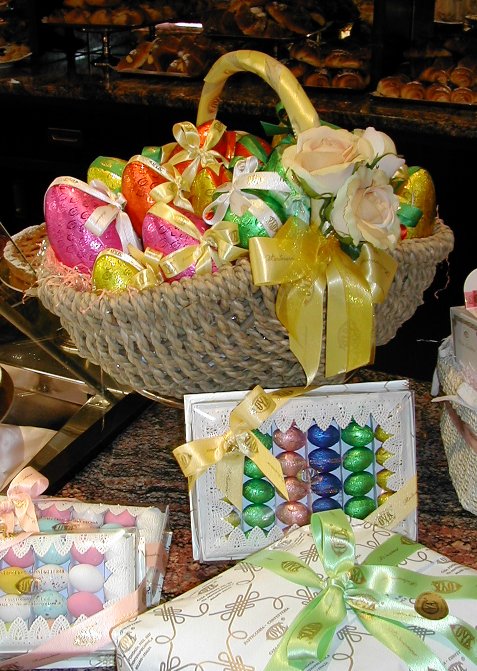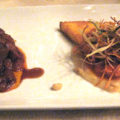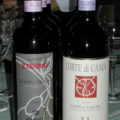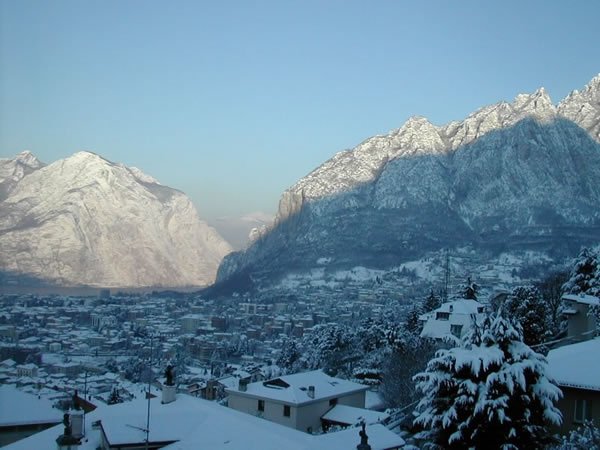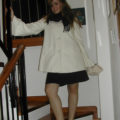Cultural Differences in Medication Methods, US and Italy
There are cultural differences between Italy and the US even in seemingly small things, such as how medicines are administered. I got through a childhood of many, many medicines without ever using a suppository – except once. That once is still imprinted on my mind as one of the more humiliating, not to mention uncomfortable, experiences of my life. So I was unpleasantly surprised to find that suppositories were routinely prescribed for Rossella‘s childhood fevers. I guess the logic is that it’s easier to ensure that a small child gets the correct dosage that way, but it wasn’t fun for anybody.There are even adult-sized suppositories, though I’ve never heard of anyone actually using them. But then I don’t suppose that’s something you’d discuss in casual conversation…
The favored medicine format for adults is the bustina (little envelope), of a powder which is mixed with water, forming a fizzy and more or less palatable decoction. Beyond that, it’s plain old pills – none of these wimpy American capsules or gel caps, just swallow it down and quit complaining.
Then there’s my once new, now old, friend – the aerosol. This is a machine with a noisy little motor that compresses air. You attach a rubber tube to it, then a glass “nebulizer” into which you put liquid medicine. The final glass piece, connected by a rubber joining ring, can be a nasal “fork” (in two sizes), a mouthpiece, or a soft plastic mask that covers nose and mouth. The compressed air is forced through the nebulizer, where it mixes with the medicine to create an aerosol which you then breathe in – excellent for getting the medicine to where it’s actually needed for respiratory problems. A beneficial side effect, for people like me who often won’t sit still long enough to rest even when we need it, is that you are tethered to the machine for the half-hour that it takes to inhale all the medicine. But that’s a drawback when you have to treat a small child.
Because I am often clumsy and drop things, I was initially nervous of handling all that delicate-looking glass, but it turns out to be not as delicate as it looks, and in any case you can buy replacement parts at the pharmacy.
Another area of cultural difference in medicine is how you obtain it. It pays to make friends with your local pharmacist, because, once she learns to know and trust you, she will often let you have things that technically are supposed to be available only by prescription – very handy when you know exactly what you’ve got and how to treat it, but can’t get hold of your doctor to write the prescription.
You do eventually want to get the prescription so that you can get some money back. Most pharmacies will sell you something on an emergency basis, then refund your money when you come back with the official prescription form which allows them to charge it (in whole or in part) to the national health service.
Apr 27, 2004
Mike Looijmans says re. suppositories: “The Dutch words for those are many, and translate into things like “ass grenade”, “plug-in” and “stick-up”. I cannot even recall the official word for them…”
He and others rightly pointed out that they’re often used for children (and sometimes adults) when they might be expected to throw up any medicine taken orally.




